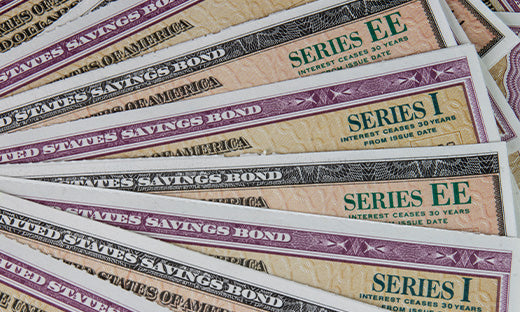Finance textbooks teach that the one investment that is supposed to be entirely risk free is U.S. Treasury debt that is backed by the full faith and credit of the United States. Moody’s has just confirmed this is no longer true, joining the other credit rating agencies which long ago downgraded the U.S.
As the House of Representatives approved President Trump’s tax plan, officially named the “One Big Beautiful Bill Act,” the bond market endorsed Moody’s analysis. Prices of U.S. Treasury bonds sank, driving up the yields that make it more costly for Washington to refinance its debt.
The bottom line is that U.S. Treasury bonds are no longer the rock-solid safe haven they once were, while gold is increasingly perceived as a superior safe haven.
Gold was up 28 percent for 2025 through late May, compared to a decline of 2 percent in the price of the 10-year U.S. Treasury note. During the prior 12 months, gold was up 40 percent, far outperforming the 2 percent return of 10-year U.S. Treasurys, as investors grew increasingly worried about the soaring U.S. debt burden.
“People are getting fed up. It’s clear that there are no adults in the room in Washington. Zero. No accountability,” John Fath, managing partner at BTG Pactual Asset Management, told Bloomberg News.
As the U.S. debt load grows and tariff uncertainty hovers over the international business world, professional investors are engaging in a “Sell America” trade—cutting their exposure to U.S. assets due to a growing perception that the U.S. is losing its economic exceptionalism and is becoming an increasingly risky place to invest.
Real Time Precious Metals Data Below







